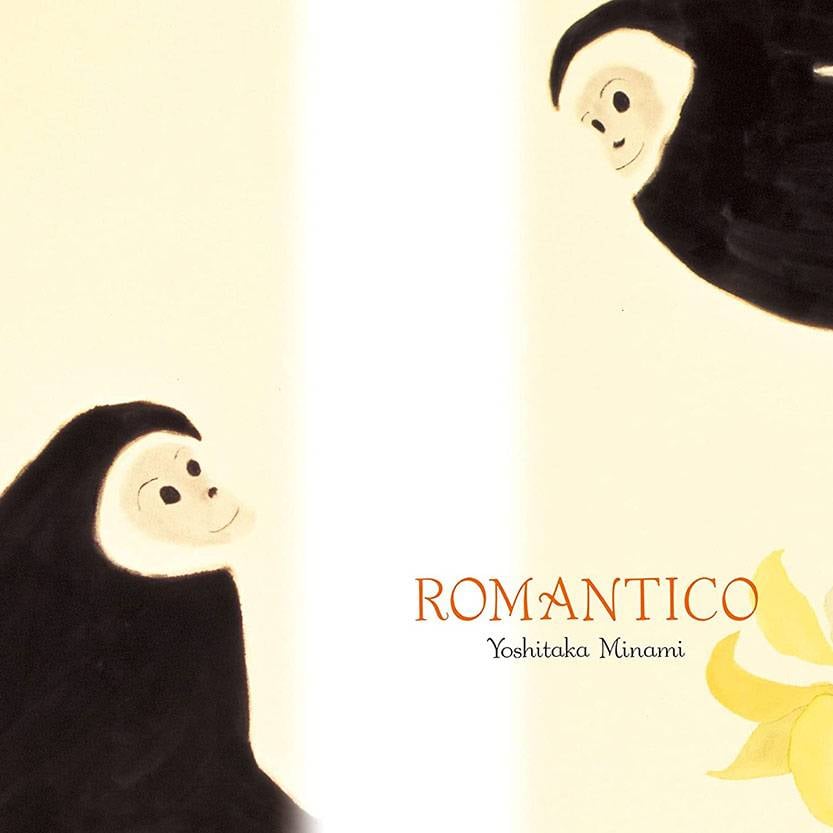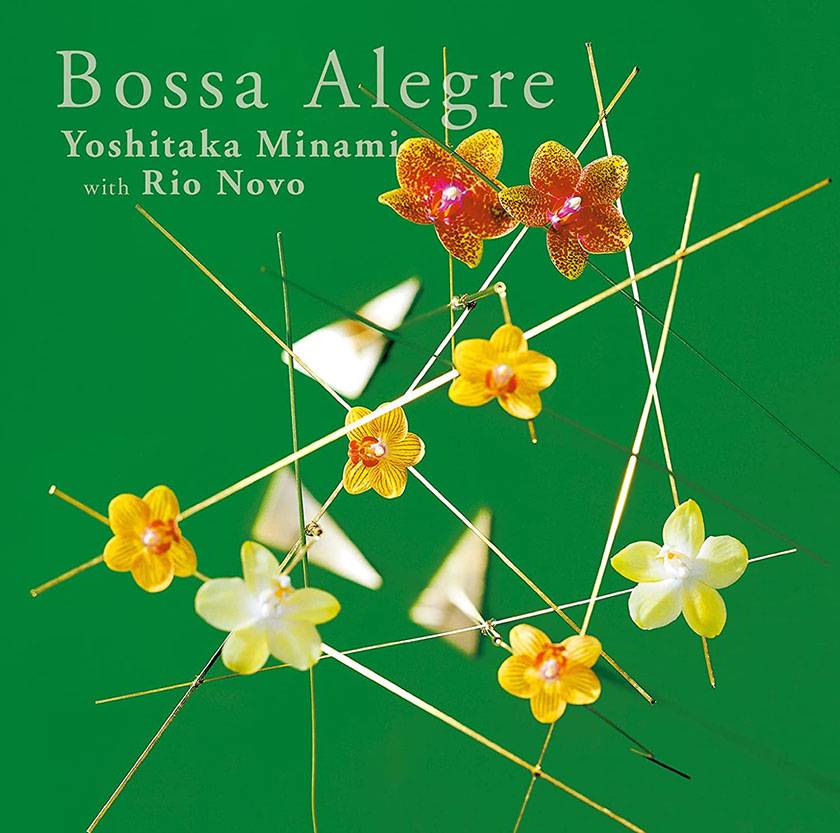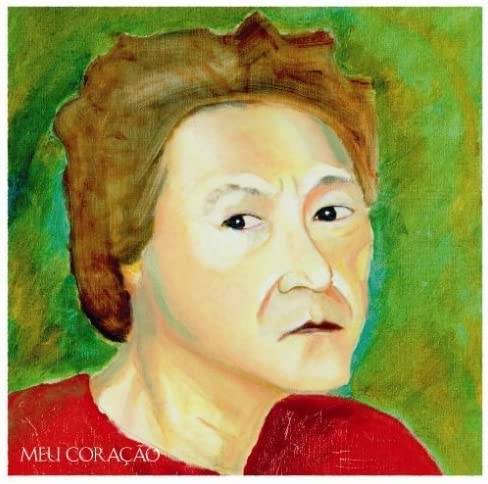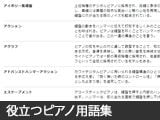The Advocate of Bossa Nova in J-Pop, Yoshitaka Minami - Volume 2
A special feature on samba and bossa nova with essential albums and masterpieces that must be heard this summer, analyzed by composers and performers.
Continuing from the previous issue, I will explore the many masterpieces of Yoshitaka Minami, a Japanese musician who creates music using samba and bossa nova as inspiration.
A Singer-Songwriter with Strong Ties to Brazil
Yoshitaka Minami, born in Tokyo in 1950, is a singer-songwriter with deep connections to Brazilian music. From an early age, he was influenced by his family, listening to standard numbers and various genres of music, shaping his musical foundation.
In 1973, he debuted with the song “Matenro no Heroine”, produced by Takashi Matsumoto. The concept of the album Matenro no Heroine was ‘dandyism’, a theme that has continued throughout Minami’s career, offering a refined and sophisticated sound unique to his Tokyo style.
At the core of his musical style, however, lies the influence of Brazilian genres such as samba and bossa nova, along with other Latin-inspired sounds. The complex harmony and melody, incorporating tension chords from Brazilian music, serve to enhance the ‘dandyism’ theme, making it even more vivid and impactful in Minami’s work.
■ Recommended Album: Yoshitaka Minami - Romantico (2004)

Released in 2004, Romantico is an original album by Yoshitaka Minami, inspired by the summer season. The album features lyrics by Takashi Matsumoto and Natsumi Kobayashi, with a stellar lineup of musicians, including Shuichi “Ponta” Murakami, Masahiro Sayama, Masaki Matsubara, Tsuyoshi Kon, Takayuki Hijikata, and Kenji Takamizu.
The album includes many great tracks inspired by Latin genres such as salsa and bossa nova.
Recommended Song: “Maria, Maria”
A deep, Latin-inspired salsa track. The melody of the chorus evokes a sense of summer, with the chorus work from members of Orquesta Del Sol standing out.
Recommended Song: “Ame no Sakana” (Fish of the Rain)
A beautiful bossa nova track, one of Minami’s specialties. The moment his voice, with its distinct muffled quality, comes through, the bossa nova sound takes on the signature style of Yoshitaka Minami.
The transition from the minor verse to the major-key chorus shows Minami’s pop sensibilities at their finest. The highlight of the song is the musical break after the chorus, which is unusual in bossa nova. The peculiar phrase (apologies for the understatement!) stays in the listener’s mind long after hearing it. This melody is so memorable that once you hear it, it’s impossible to forget—it still echoes in my ears!
■ Recommended Album: Yoshitaka Minami with Rio Novo - Bossa Alegre (2006)

Rio Novo is a bossa nova unit featuring musicians such as Hiroshi Shinkawa (keys), Kazuo Yoshida (drums), and Mikio Watanabe (acoustic guitar). Their performance, crafted by musicians well-versed in Brazilian music, feels polished and natural. Kazuo Yoshida is a drummer for the Brazilian music-based band Spic & Span, and he also plays drums on the album Boku no Kokoro (which will be discussed later). Hiroshi Shinkawa is a renowned keyboardist and arranger, known for his work on Meiko Nakahara’s “Kimi-tachi Kiwi, Papaya, Mango da ne”. The musicians’ performance brings together the lush ambiance of Brazil’s tropical rainforests and a bright, crisp Latin mood, successfully creating a ‘Japanese summer music’ atmosphere.
Recommended Song: “Gachou no Samba”
Minami tries his hand at João Gilberto’s essential repertoire, O Pato (The Duck), also known as “Gachou no Samba” (The Goose Samba). Minami’s version is definitely worth listening to.
Recommended Song: “Sobakasu no Aru Shoujo”
A classic track by Tin Pan Alley, composed by guitarist Shigeru Suzuki. Minami reinterprets this Tin Pan-style bossa nova in his own signature style.
Minami seems to have a special affection for this song, as he also covered it on his previous album Romantico and recorded a duet with Toshiki Kadomatsu.
■ Recommended Album: Yoshitaka Minami - Boku no Kokoro – Meu Coracao (2008)

This album was released to commemorate Yoshitaka Minami’s 35th anniversary in the music industry.
It was done by revisiting some of his past hits with new arrangements made in Brazil. The album features renowned Brazilian musicians, including Paulo Jobim (son of Antonio Carlos Jobim, on guitar), Daniel Jobim (grandson of Antonio Carlos Jobim, on piano), and Mario Adiné (guitar).
Tracks like “Monroe Walk”, “Hizuke Henkousen”, “Yakan Hikou”, and “Poolside” have been reworked with Brazilian-inspired arrangements. While the arrangements are generally straightforward and traditional, they still offer a fresh perspective on the original pieces, all while respecting the essence of the original compositions.
Recommended Song: “Yakan Hikou / Hizuke Henkousen”
Arranged by Mario Adiné, a musician who was close to Antonio Carlos Jobim and has released several albums inspired by Jobim. Mario is known for his talent in brass arrangements, and in this track, the ensemble of flute and flugelhorn underpins the beauty of the song. The drums are played by Kazuo Yoshida, a renowned drummer familiar with Brazilian music and its network, and also part of the band Spic & Span.
Recommended Song: “Chega de Saudade”
This track is arranged by Daniel Jobim, the grandson of Antonio Carlos Jobim and a talented pianist.
The arrangement is unique in that the acoustic piano plays backing in a manner similar to the guitar’s rhythmic palm muting, a rare approach in the arrangement.
What’s particularly striking is Daniel Jobim’s vocal performance. His voice is so remarkably similar to that of Antonio Carlos Jobim, it almost feels like the legendary Jobim himself is singing, evoking a sense of Jobim’s presence.
Musicians, Albums, and Tracks Featured in This Article
- Musicians: Yoshitaka Minami, Hiroshi Shinkawa, Kazuo Yoshida, Mario Adiné, Daniel Jobim
- Albums: Romantico, Bossa Alegre, Boku no Kokoro – Meu Coracao
- Recommended Tracks: “Maria, Maria”, “Ame no Sakana”, “Gachou no Samba”, “Sobakasu no Aru Shoujo”, “Yakan Hikou / Hizuke Henkousen”, “Chega de Saudade”
The “sound & person” column is made up of contributions from you.
For details about contributing, click here.











![[2025 Latest Edition] Choosing a Synthesizer/Popular Synthesizers Ranking](/contents/uploads/thumbs/2/2022/9/20220916_2_19446_1.jpg)

![[2025 Latest Edition!] Popular Modular Synthesizer/Semi-Modular Synthesizer Ranking [Recommendations]](/contents/uploads/thumbs/2/2021/12/20211202_2_15495_1.jpg)



 USB接続対応のMIDIキーボード
USB接続対応のMIDIキーボード
 DTMに必要な機材
DTMに必要な機材
 自分にあったピアノを選ぼう!役立つピアノ用語集
自分にあったピアノを選ぼう!役立つピアノ用語集
 各メーカーの鍵盤比較
各メーカーの鍵盤比較
 用途で選ぶ!鍵盤楽器の種類
用途で選ぶ!鍵盤楽器の種類
 キーボードスタートガイド
キーボードスタートガイド















